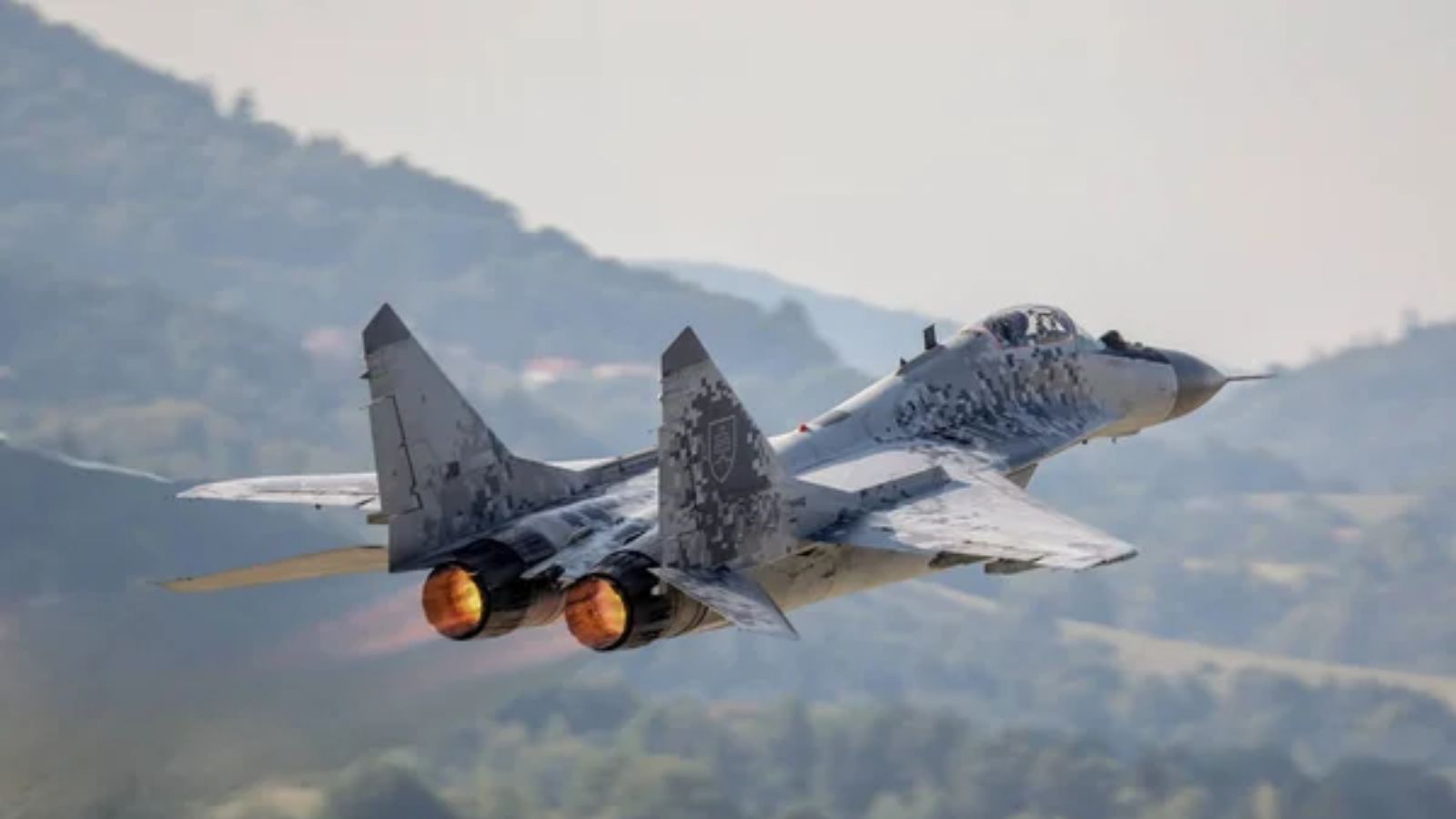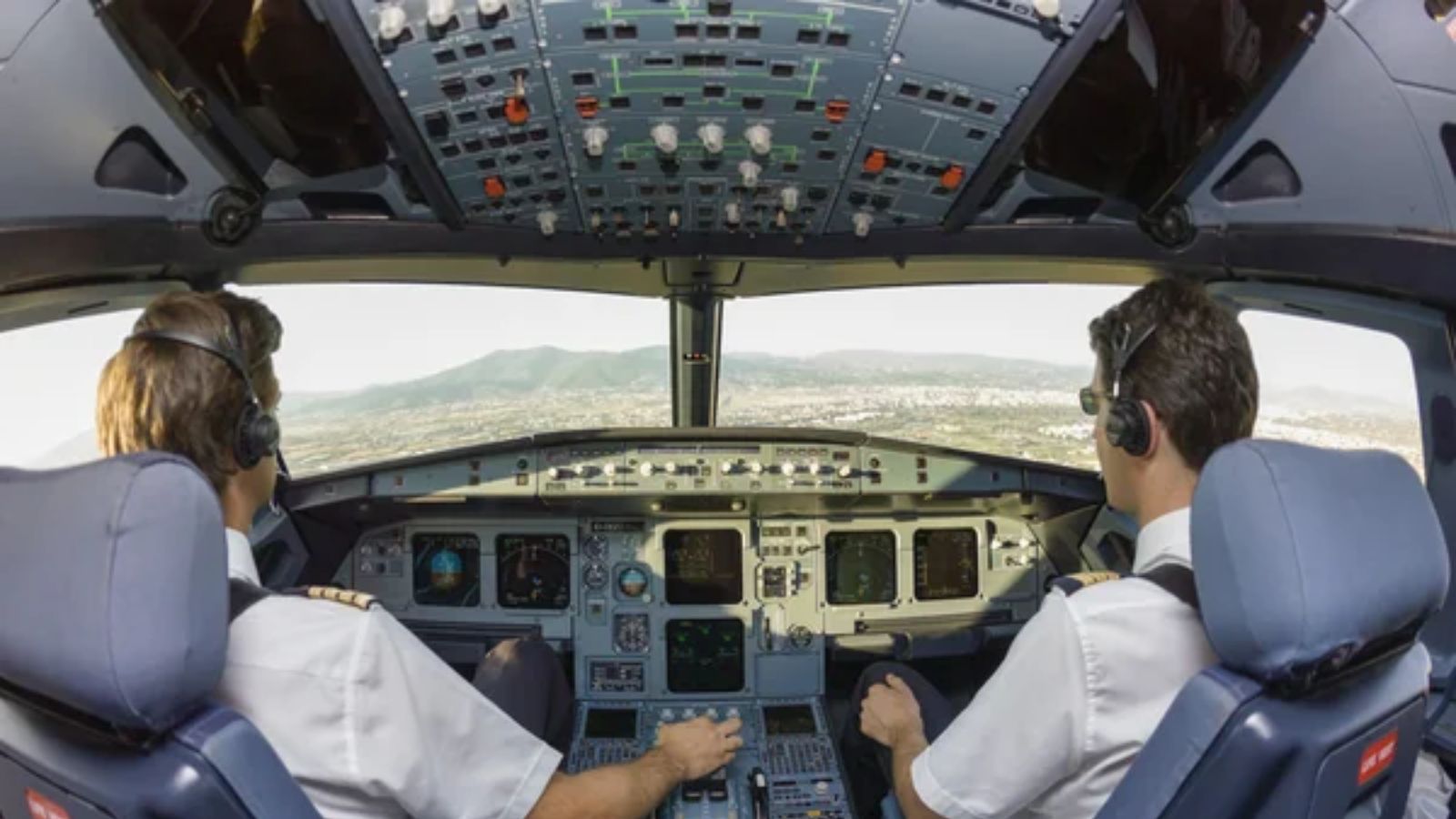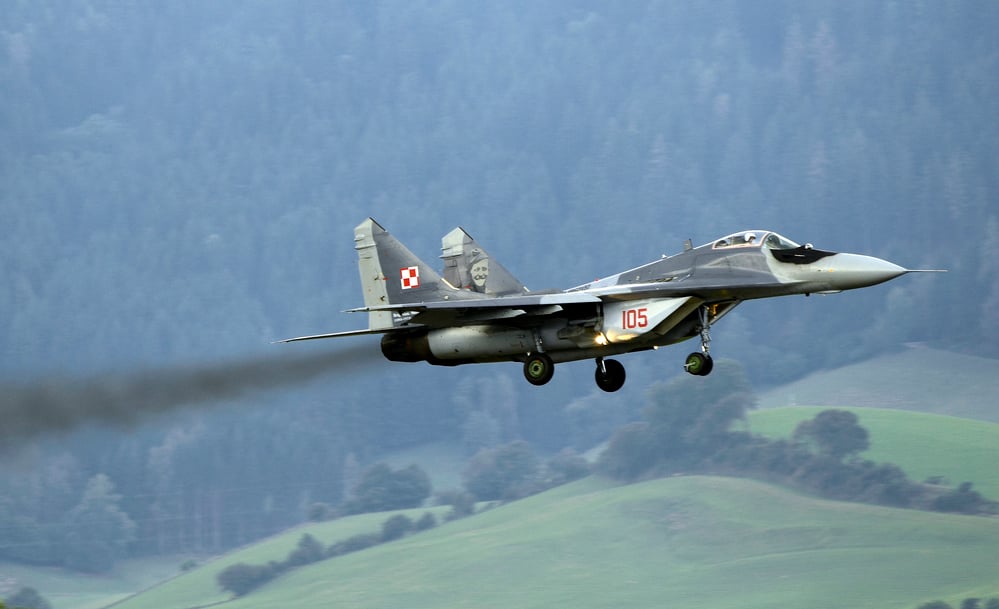
Ukraine’s air force recently shared a remarkable video showcasing a MiG-29 fighter jet executing an unbelievably low pass over an airfield before gracefully soaring back into the sky. The video, which was released on Thursday by the air force, does not provide specific details regarding the time or location of the footage, nor does it clarify the purpose behind the jet’s flight maneuver.
This video release coincides with a period in which Ukrainian pilots are compelled to fly at low altitudes in order to evade radar detection and potential surface-to-air missile attacks. Although flying at lower altitudes offers tactical advantages, it is not without risks.
The presence of powerful surface-to-air missile systems on both sides of the conflict, such as the Russian S-300s and S-400s as well as Ukraine’s combination of Soviet and Western equipment, has prevented either party from achieving air superiority.
Consequently, pilots from both nations are obliged to adopt alternative flying techniques away from the front lines.
While the Ukrainian air force’s video showcases an extraordinary example of a low pass, it is worth noting that flying at low altitudes is not uncommon in military aviation, albeit usually not as extreme as depicted in the footage.
According to Guy Snodgrass, a former US naval aviator and TOPGUN instructor, flying at very low altitudes allows pilots to exploit terrain masking, making it challenging for radars and other detection systems to identify their presence.
Even if an aircraft is detected, the narrow window for launching countermeasures at lower altitudes reduces the enemy’s reaction time compared to higher altitudes where aircraft can be easily tracked.
Read More: Biden Walks Off Set During MSNBC Interview, Prompting Criticism and Online Reactions

Snodgrass emphasizes that flying at lower altitudes demands a different set of skills from pilots. Although it may not necessarily be more difficult, it requires heightened focus and concentration.
A significant portion of the pilot’s attention is dedicated to terrain avoidance, which limits their ability to perform other high-level tasks such as radar monitoring, communications, or navigation.
In contrast, flying at higher altitudes allows more time to react to potential threats and minimizes the risk of accidentally colliding with the ground. As Snodgrass explains, “We always say, ‘speed is life… altitude is life insurance.” Thus, flying at low altitudes offers advantages in terms of evading detection and engagement, but it also increases the potential for accidents.
Overall, the video released by the Ukrainian air force featuring the MiG-29 executing an exceptionally low pass represents an extraordinary display of aeronautical skill.
Read Next: Biden Stares Blankly at Press, Exits Room During Meeting with NATO Secretary General


 Tags:
Tags:










